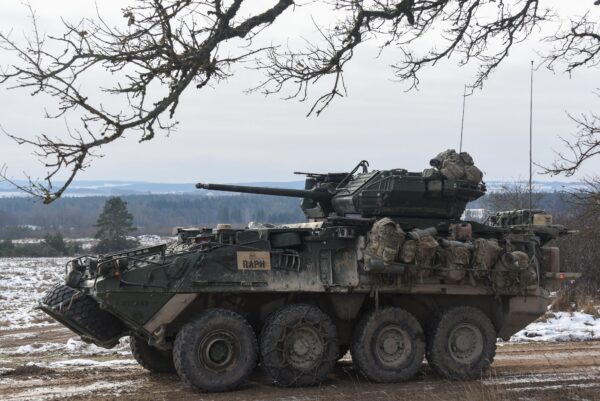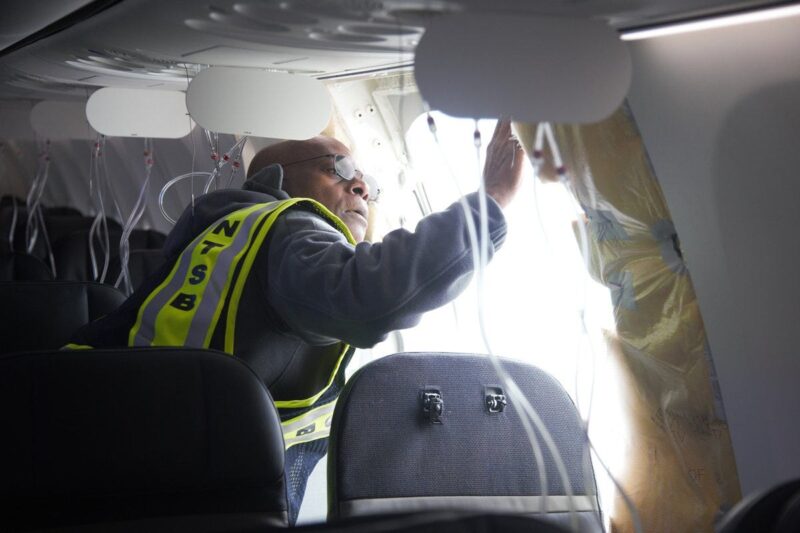- Scientists think they have detected the aftermath of a collision between a black hole and a neutron star, the super-dense remnant of a dead star, for the first time.
- The catastrophic collision nearly a billion years ago sent ripples in space-time, the gravitational waves that Einstein predicted. They passed through Earth this month.
- If confirmed, this would be the third type of event that scientists have detected by observing gravitational waves.
- Visit Business Insider’s homepage for more stories.
Nearly a billion years ago, a black hole appears to have eaten a dead star – “like Pac-Man,” according to Susan Scott, a physicist at the Australian National University.
Scott’s team think the ripples in space-time from this event, also known as gravitational waves, just reached Earth. Such disturbances were first theorized by Albert Einstein, who predicted in 1915 that accelerating massive objects, like neutron stars or black holes, would create “waves” in the fabric of space and time. The first observations of gravitational waves, however, didn’t come until 2015, 100 years later.
Then on August 14, gravitational-wave detectors in the US and Italy picked up new gravitational waves passing through Earth.
More research is still needed to confirm the results, but researchers say there’s a good chance the signals came from the collision of a black hole and neutron star, the super-dense remnant of a star. It would be the third event scientists have detected using gravitational waves. In 2015 researchers detected waves from two black holes colliding, and in 2017 they observed two neutron stars merging.
A collision between a black hole and a neutron star would complete the trinity of crashes on the wish list, Scott said.
Ripples in space-time point to violent events
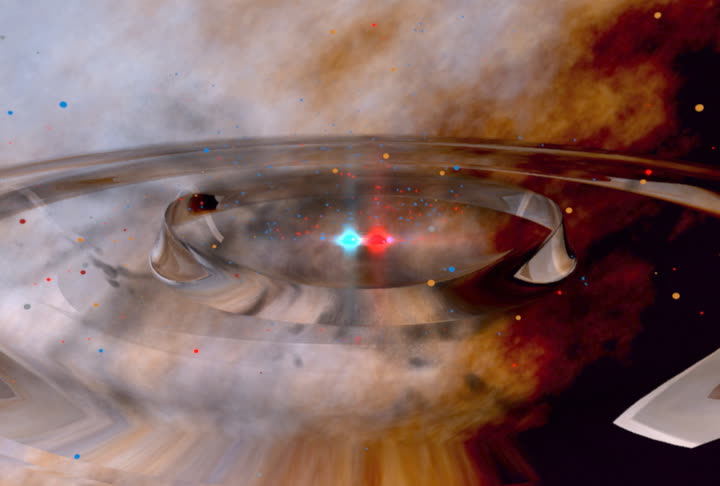
Einstein didn't think gravitational waves would ever be detected - they seemed too weak to pick up amid all the noise and vibrations on Earth. For 100 years, it appeared he was right.
But scientists eventually succeeded in sensing these ripples using the Laser Interferometer Gravitational-Wave Observatory in Washington and its sister machine, called Virgo, in Italy.
In 2015, LIGO detected the first gravitational waves, which came from the collision of two black holes 1.3 billion light-years away. That discovery confirmed Einstein's theory of general relativity. Then in 2017, LIGO and Virgo together identified the waves of two neutron stars merging.
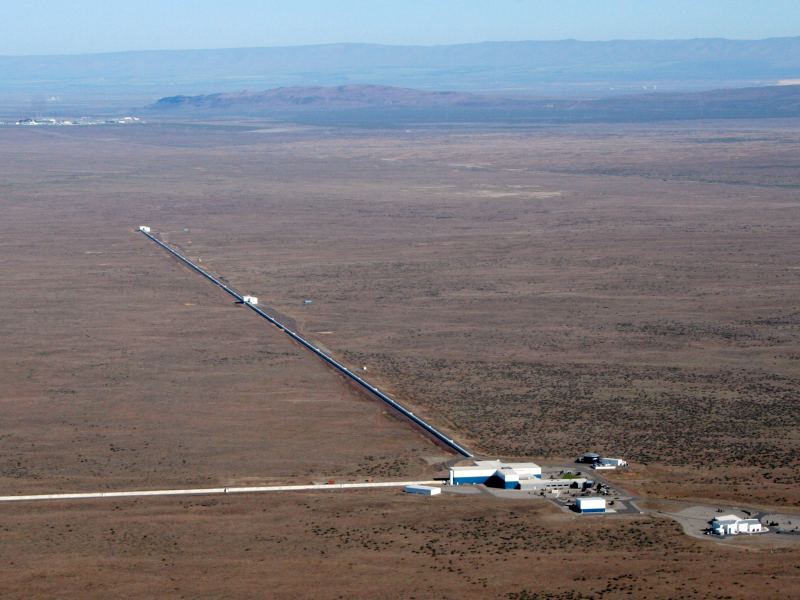
To confirm that this is indeed a third gravitational-wave discovery, telescopes across the globe are searching the sky for X-ray or ultraviolet light, National Geographic reported. If the neutron star survived the collision long enough before the black hole destroyed it, the dead star could have emitted light that would allow scientists to verify the finding.
Black holes, however, have such strong gravitational pulls that not even light can escape.
Scientists studying gravitational waves have to prepare themselves for disappointment, however, since LIGO and Virgo can give false alarms (cases in which the detectors are just picking up noise from Earth).
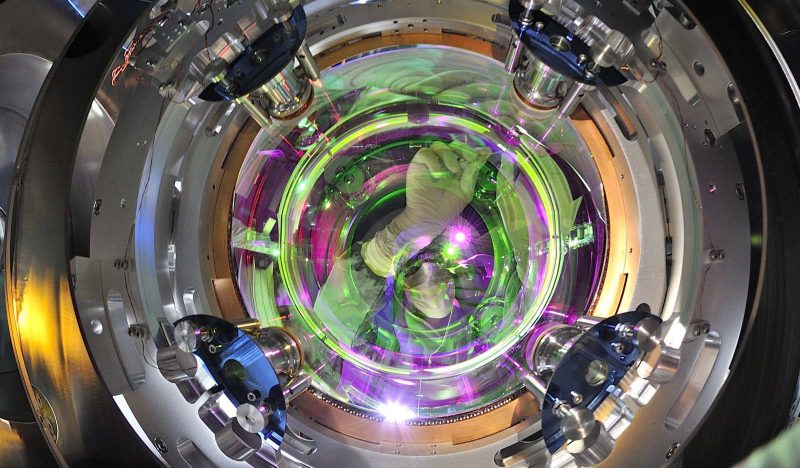
A potential neutron/black hole collision detected in April, for example, was highly likely to be a false alarm. A signal of that volume has a one-in-seven chance of being noise from Earth. Statistically, LIGO and Virgo could pick up on that kind of false signal every 20 months.
But there's a much lower probability that LIGO and Virgo would detect a false signal as strong as the one they found this month. Researchers calculated that that kind of error should happen only once over a period longer than the age of the universe, National Geographic reported.
"This is something to get much more excited about," Christopher Berry, a physicist at Northwestern University and a LIGO researcher, told National Geographic. "It's much more likely to turn up a real one, so that means it's worth investing more time and effort."
A very light black hole?
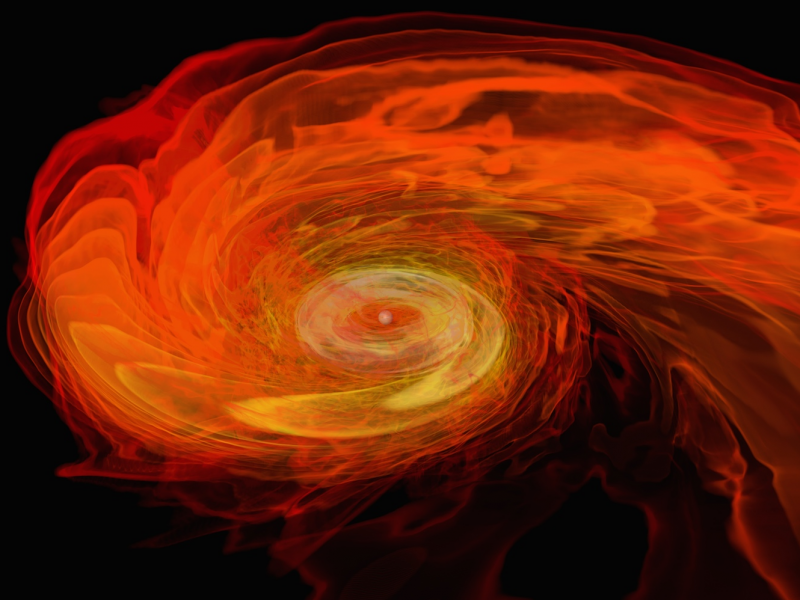
Scientists are also analyzing the data to confirm the exact size of the objects that collided.
Scott said that those results, if different than expected, could point the team in another direction.
"There is the slight but intriguing possibility that the swallowed object was a very light black hole - much lighter than any other black hole we know about in the universe," she said.
If the smaller, swallowed object were found to be a black hole, that would still be a groundbreaking discovery, since that type of black hole is thought to be physically impossible. It would open a whole new realm of tiny black holes to study.
"That would be a truly awesome consolation prize," Scott said.







